Mace is an ingredient/ spice that is not familiar to many people and at times it appears to share the same status as marjoram as a spice—an essential element that is rarely used in cooking. Mace is one of the most nuanced and seductive spices, thus it’s a shame.
History of Mace
Mace is obtained from the reddish outer layer of the nutmeg seed. The mace arils are carefully separated from the seed, dried, and then used as a spice. Mace is native to the East Indies and is primarily cultivated in countries such as Indonesia, Sri Lanka, and India.
The fruit of the nutmeg tree, which is officially known as Myristica frangrans, yields both nutmeg and mace. Mace is regarded as a native of Grenada and a few other Caribbean islands, as well as Indonesia. Grenada’s national symbol is nutmeg, which is also depicted on the flag of the island republic. The nutmeg is the oval-shaped fruit, and the mace is the brilliant red substance that encircles the pit’s outer shell. After being taken out, the mace is ground into a brilliant crimson powder. The mace can then be kept for drying, during which time its colour progressively turns golden brown.
Since mace’s flavour and perfume tend to be stronger and less sweet than nutmeg, they are slightly different from one another. It still tastes strongly like nutmeg, but there are also faint hints of pine, black pepper, and citrusy flavours resembling coriander. Despite coming from the same plant, the essential oils of mace and nutmeg have diverse chemical makes up and distinct flavours. Similar to how the peel of an orange has a different flavour and aroma from the flesh, so does this.
Health Benefits
Mace comes with health benefits that are amazing to one’s body. below are some of the health benefits that Mace brings about that also of.
- Anti-inflammatory Properties
- Antioxidant properties.
- Treats Diarrhea
- Protects Kidneys
- Alleviates Cold And Cough
- Regulates Blood Sugar Levels
- Fights Bacterial And Viral Infection
- Combats Anxiety and Depressive Disorders
How do I Use Mace?
- Baking: It is commonly used in baking, particularly in spice blends, cakes, cookies, and pastries.
- Pairing: Mace pairs well with flavours such as cinnamon, cloves, ginger, and vanilla.
- Savoury cooking: mace is used in stews, curries, sauces, and meat rubs. It adds depth of flavour to soups, rice dishes, and vegetable preparations. Click and check this amazing recipe https://www.thespicehouse.com/blogs/recipes/lamb-korma-recipe
Did you Know?
Mace is much more costly than nutmeg because its yield is about ten times that of nutmeg.
Mace invites you to embark on a flavorful journey that celebrates the perfect blend of taste and refinement. Whether you’re a seasoned chef or a home cook eager to explore new dimensions of flavour, the addition of Mace to your dishes infuses a touch of tradition, elegance, and potential wellness. Embrace the historical significance and culinary allure of Mace, and let it’s unique taste and delicate aroma elevate your gastronomic experiences.

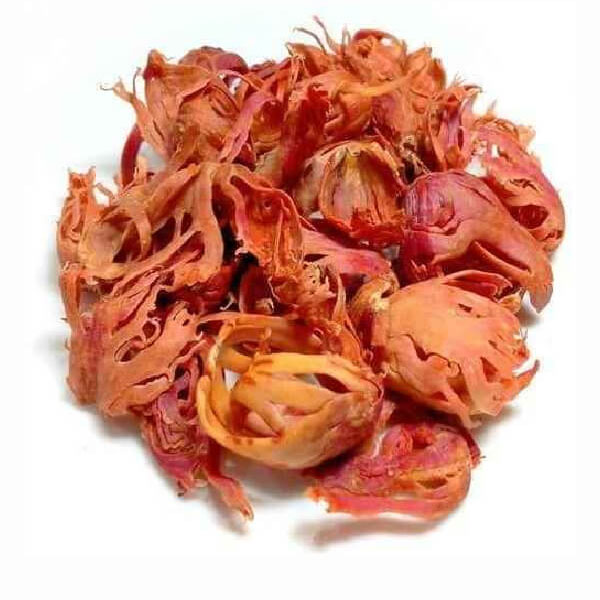
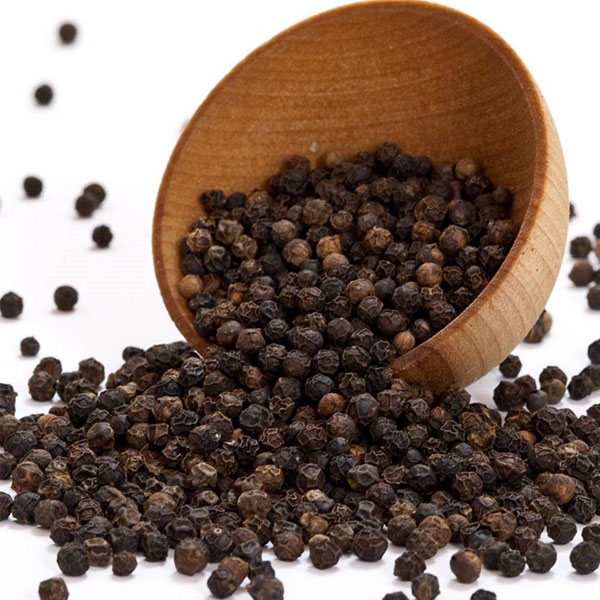
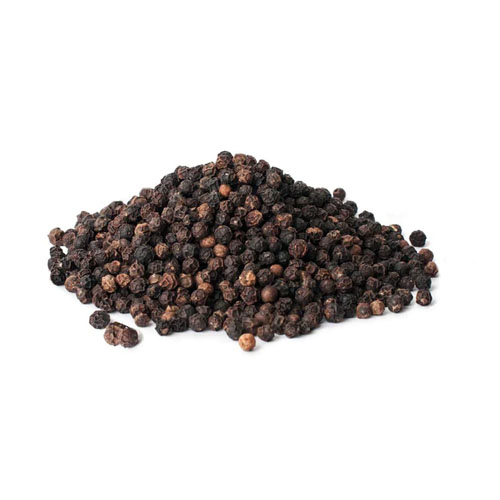
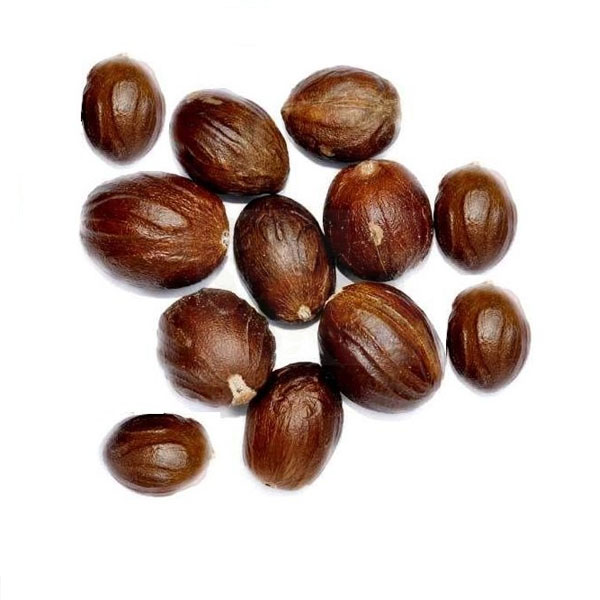
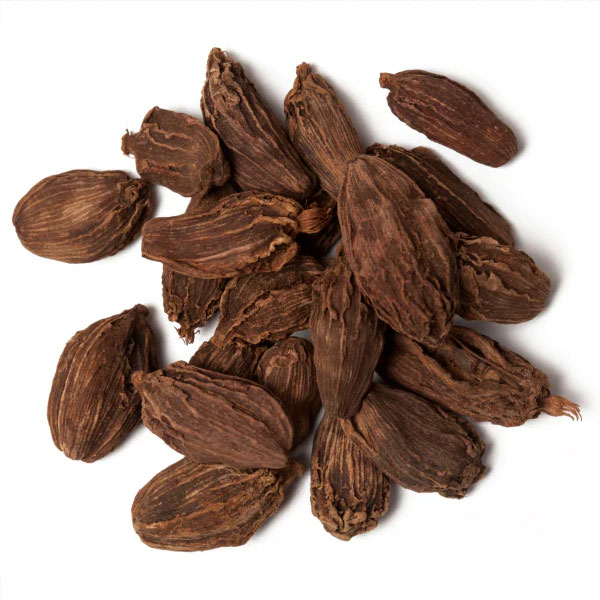
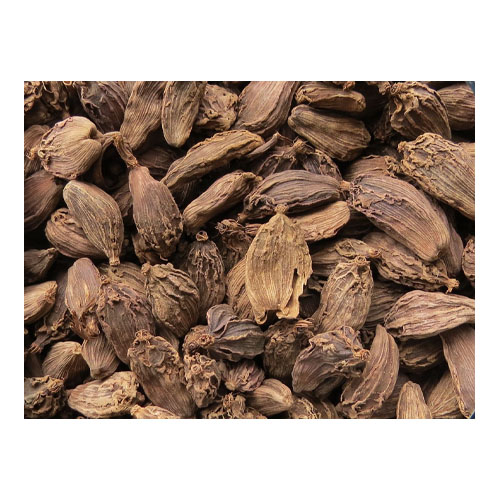
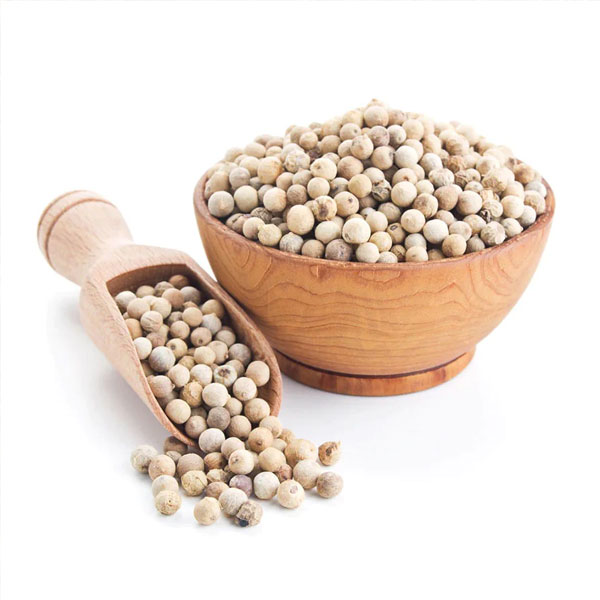
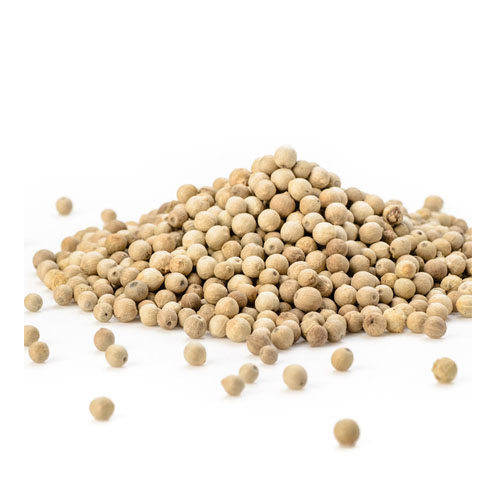
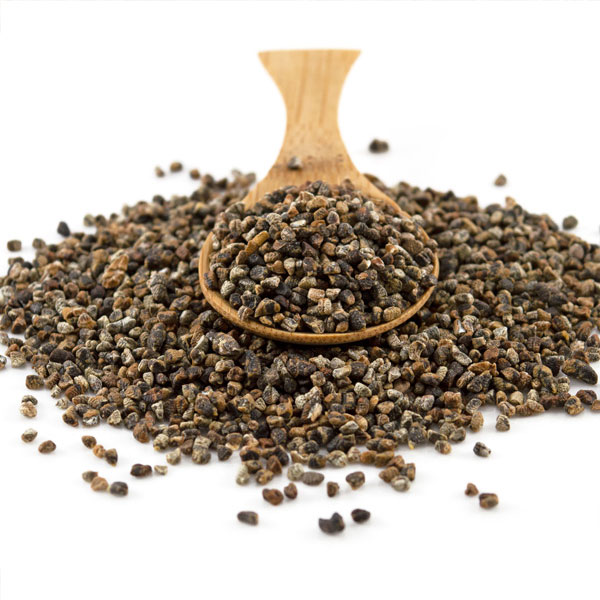
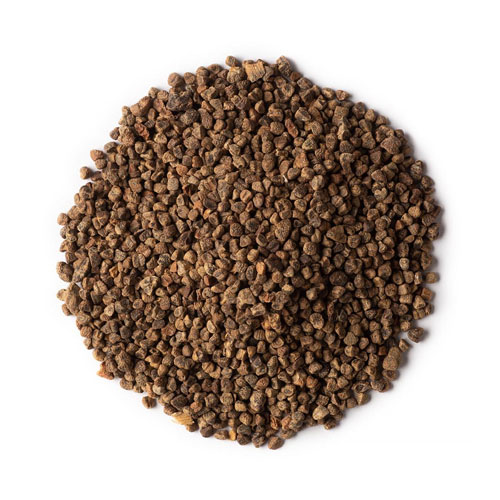
Reviews
There are no reviews yet.